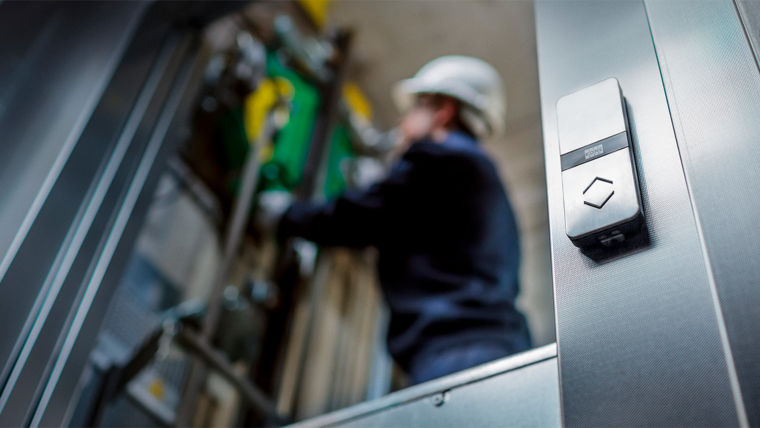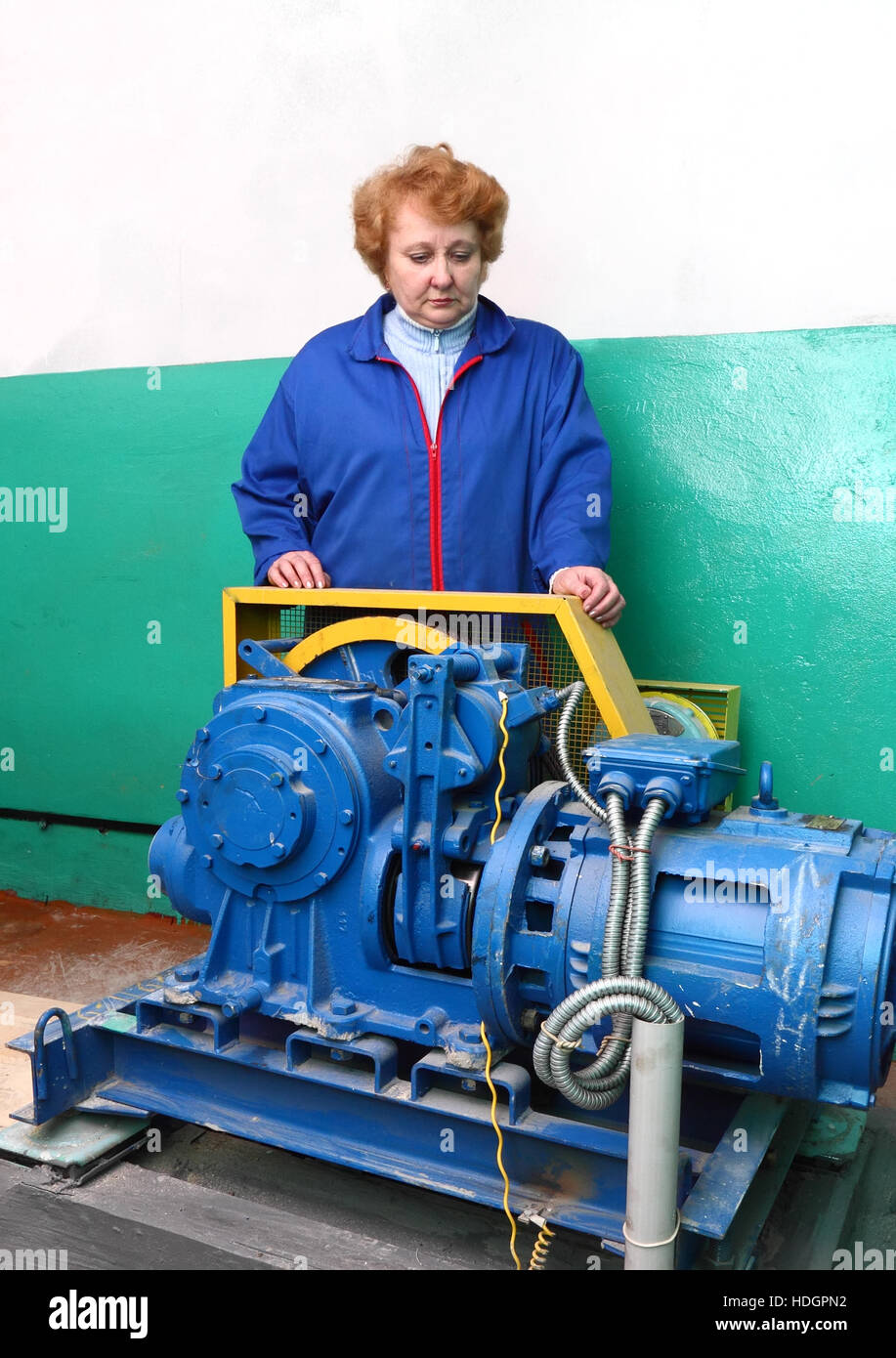Comprehensive Lift Maintenance Solutions for Effective Structure Procedures
Comprehensive Lift Maintenance Solutions for Effective Structure Procedures
Blog Article
Exploring the Comprehensive Measures Required for Lift Maintenance
In the world of structure maintenance, guaranteeing the proper functioning and safety and security of lifts is vital. The complexity of elevator systems calls for a careful technique to maintenance. From routine inspections to critical innovation strategies, a holistic sight of maintenance is vital. In the ever-evolving landscape of lift modern technology and security criteria, there are detailed measures that need to be carefully complied with to guarantee optimum performance and compliance. By addressing crucial aspects such as positive upkeep schedules, safety and security checks, and emergency situation preparedness, a thorough understanding of the ins and outs associated with lift maintenance can bring about enhanced performance and safety.
Normal Assessments
When it comes to ensuring the durability and security of your lift system, routine examinations are extremely important. These routine checks play an important function in recognizing any prospective problems prior to they intensify right into significant issues, making sure the smooth and secure procedure of the lift. By carrying out regular inspections, maintenance teams can proactively attend to deterioration, damaged components, or any various other concerns that might jeopardize the lift's efficiency or security.
Throughout these evaluations, educated experts extensively take a look at various aspects of the lift system, consisting of mechanical elements, electric systems, safety attributes, and general architectural integrity. By detecting and attending to issues early on, these assessments aid avoid pricey repair work, downtime, or security hazards, eventually expanding the lifespan of the lift system and guaranteeing the health of its users.
Positive Upkeep Schedules
Carrying out positive maintenance schedules is vital for making best use of the performance and long life of lift systems. By sticking to a positive maintenance method, lift owners can address potential concerns before they intensify into major troubles, inevitably minimizing downtime and expensive repair work.
A well-structured proactive upkeep timetable must describe specific jobs, frequencies, and responsible employees. When producing these schedules to make certain the lift operates securely and effectively, it is important to follow supplier suggestions and sector requirements. Additionally, recording maintenance tasks and keeping in-depth records can give important understandings into the lift's efficiency in time, assisting in making and determining fads informed upkeep decisions.

Security Compliance Checks
Making sure safety conformity through detailed checks is extremely important in preserving lift systems' integrity and protecting customer wellness. Security conformity checks involve a thorough assessment of different components, including electric systems, mechanical components, emergency brakes, doors, and various other critical security attributes. These checks are necessary to recognize any prospective threats or malfunctions that might endanger the lift's operation and put individuals in danger.
Regular security conformity checks need to be conducted by qualified technicians in adherence to industry policies and criteria. These checks aid in spotting problems early, permitting for prompt repairs and preventive maintenance procedures lift and engineering services to be applied. In addition, keeping detailed records of safety compliance checks is important for tracking the lift system's performance gradually and showing compliance with security guidelines.
Devices Upgrades and Modernization
Enhancing lift systems through tools upgrades and innovation is vital for improving performance and security standards in upright transportation. As technology advances, older lift systems might end up being obsolete, causing decreased integrity and prospective safety dangers. By purchasing tools upgrades and modernization, structure owners can make certain that their lifts satisfy current market standards and guidelines.

In enhancement to operational benefits, devices upgrades and modernization projects can additionally improve the looks of the lift, supplying a much more modern and attractive experience for guests. Eventually, buying lift upgrades and innovation is an aggressive technique in the direction of making sure the long life, safety and security, and performance of upright transport systems.
Emergency Situation Readiness Planning
An efficient emergency readiness strategy is crucial for guaranteeing the security and speedy feedback in case of unexpected events including lift systems. Emergency situation readiness preparation for lift systems includes an organized strategy to minimize threats, ensure passenger safety, and minimize downtime during emergencies.
Key components of an emergency preparedness plan for lifts consist of clear interaction methods, normal training for lift drivers on emergency situation procedures, and routine drills to evaluate the efficiency of the plan. lift maintenance. Additionally, the strategy needs to lay out certain functions and obligations for all stakeholders involved, including structure monitoring, maintenance personnel, and emergency -responders
In case of a lift breakdown or entrapment, having a well-defined emergency strategy can help in working with a efficient and punctual action to make sure the safety and well-being of guests. Timely interaction, accessibility to emergency tools such as interaction devices and emergency situation illumination, and knowledge of discharge procedures are important facets of a detailed emergency readiness plan for lift systems. By focusing on emergency readiness planning, structure managers can boost the overall safety about his and security and dependability of their lift systems.
Final Thought
Finally, the comprehensive actions required for lift maintenance consist of regular inspections, positive maintenance routines, safety compliance checks, tools upgrades and modernization, and emergency situation preparedness preparation. These measures are necessary for guaranteeing the safety and security, reliability, and effectiveness of lifts in numerous settings. By carrying out these measures, lift owners can decrease the risk of mishaps, expand the lifespan of their devices, and follow industry policies.

Throughout these examinations, trained experts completely examine various elements of the lift system, consisting of mechanical parts, electric systems, safety functions, and total architectural integrity.Guaranteeing security conformity via thorough checks is critical in preserving lift systems' dependability and guarding customer health. Keeping detailed records of safety compliance checks is important for tracking the lift system's efficiency over time and showing compliance with security guidelines.
By focusing on emergency situation preparedness preparation, building supervisors can enhance the total safety and dependability of their lift systems.
Report this page